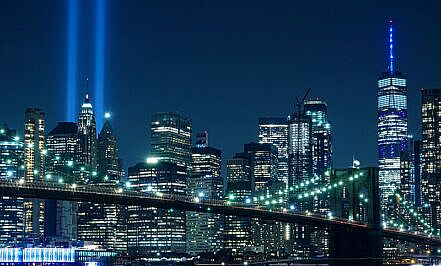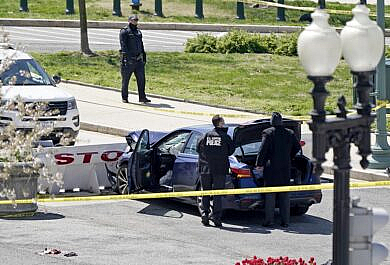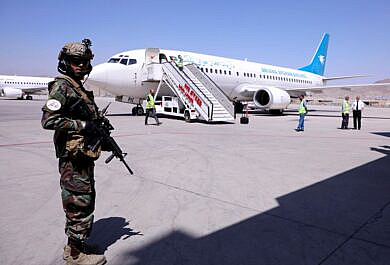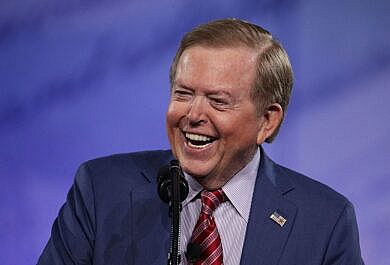Remembering a national tragedy from both sides of the aisle
Summary
Nineteen years ago, Islamic terrorists launched an attack on the United States of America which left over 3,000 dead and left thousands more injured. The attacks changed the course of American foreign policy and rocked the nation to its core.
-
Soon after, in response to the attacks, the United States launched the War on Terror – a protracted conflict against an invisible enemy which led to the invasion of Iraq and Afghanistan, and which has still not been fully resolved.
-
For a real-time remembrance of the events on that day from someone who was there, see former White House Press Secretary Ari Fleischer’s annual Twitter thread about what happened and what he saw.
-
Although the tragedy united the country in many ways in its immediate aftermath, nearly 20 years later it has become another tool used to push political agendas and narratives on both sides of the aisle. Today, a look at how 9/11 is remembered through the polarized lens of our bipartisan nation.
![]()
-
Opinion pieces highlight the xenophobia which emerged after the 9/11 attacks, and draw a connection to the xenophobia and Islamophobia associated with President Trump today.
-
Critical reporting notes that the War on Terror is not over, decades after the 9/11 attacks, and frame Trump as a poor leader.
![]()
-
Trump is glorified for his sympathetic and patriotic remembrance of the tragedy.
-
George W. Bush is glorified for his response to the crisis, which included a somber first pitch in game 3 of the world series and an impassioned series of speeches, followed by boots on the ground.
-
Plays up the sacrifices of the troops who have served and sacrificed during and since 9/11.
© Evelyn Torsher, 2020






